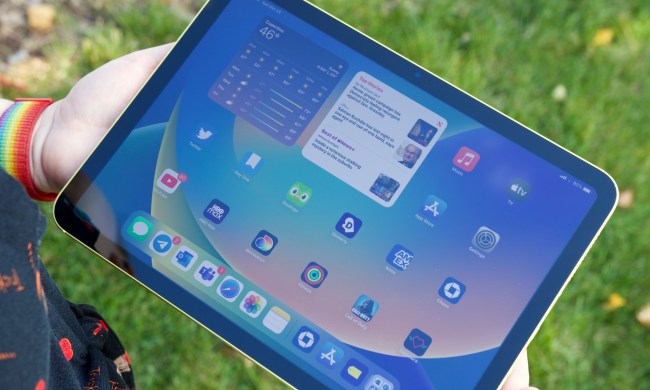
The extensive report, which gathered data from a representative sample of young men aged 10 to 19 in the Asia-Pacific region over the course of two years, found that the number of HIV cases has spiked since the advent of mobile dating apps.
“Young gay men themselves have consistently told us that they are now using mobile dating apps to meet up for sex, and are having more casual sex with more people as a result,” Wing-Sie Cheng, who serves as an HIV/Aids advisor for Unicef, told the Guardian. “We know that this kind of risky behavior increases the spread of HIV.”
This is particularly concerning because the UN previously seemed to be making considerable progress on its goal of ending AIDS around the world by 2030, with rates of the virus in Africa on the decline. But now, a renewed surge of the disease in a different region of the world may be putting that goal in jeopardy. Today, the official number of adolescents with HIV in the Asia-Pacific region stands at 220,000, but experts say that actual numbers are likely much higher.
“We are convinced that there is a link [between the epidemic and dating apps],” said Wing-Sie, “and we need to work better with mobile app providers to share information about HIV and protect the health of adolescents.”
Because adolescents and young adults are not only the most likely users of these apps, but are also less likely to seek treatment or even testing for potential HIV infections, the overlap of this demographic tendency is an alarming one.
With the popularity of Tinder, Grindr, and others on the rise, Wing-Sie said, “There is a risk of not being able to eliminate AIDS at all. This is the new frontier of AIDS to tackle right now. The world can never end AIDS if this issue is not controlled.”


